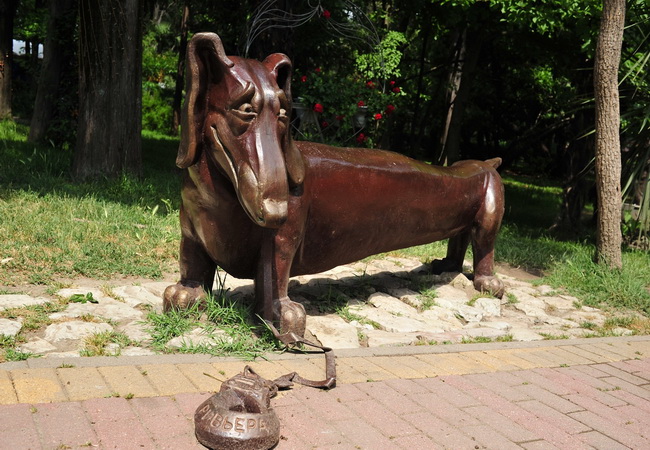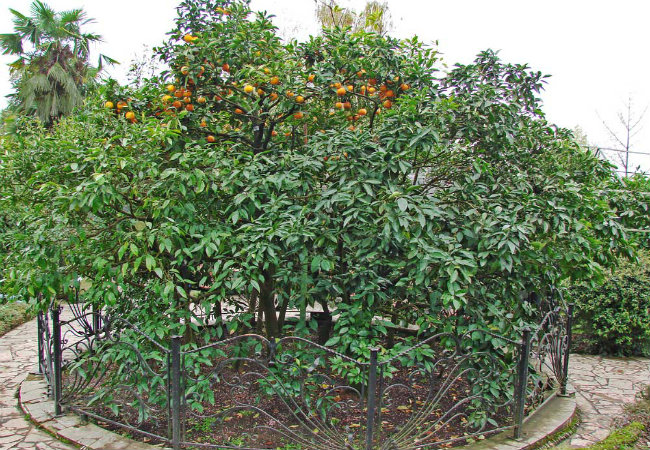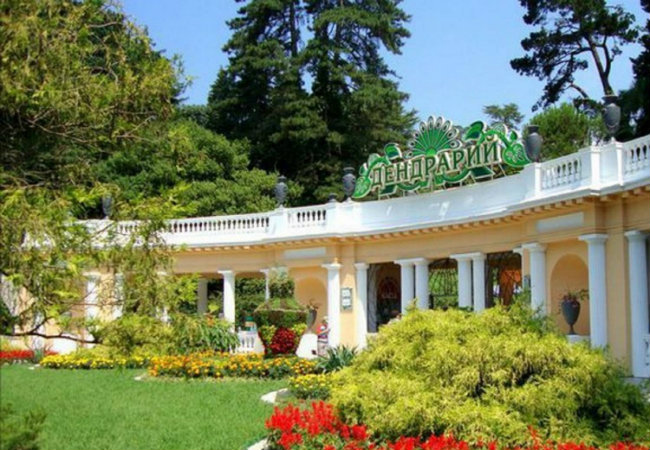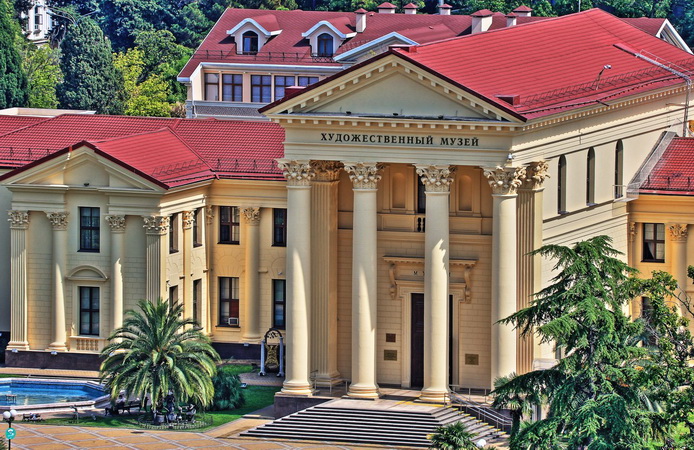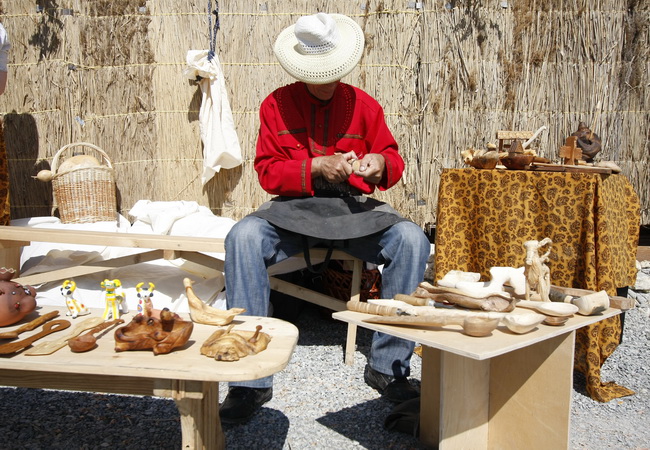Sochi attractions
"Riviera" Park
From historical Museum you should go down to the waterfront, and there go to the Park "Riviera". It was opened in the late 19th century and before the revolution it was really riviera: people came here to walk along shady paths, breathe fresh air, admire sea views and drink champagne in the pavilions.
All-Russian Scientific Research Institute of floriculture and subtropical crops
In the institute of floriculture near the Arboretum grows, perhaps the most famous in Russia botanical miracle-"tree of friendship": wild lemon, which from 1934 was made hundreds of vaccinations, as a result in its branches not only lemons grow, but tangerines, oranges, clementines, kinkany, grapefruit.
Arboretum
Park, descending from the mountains to the sea, was made in the late 19th century by rich businessman, publisher, historian of ballet and writer Sergei Hudekov. For 100 years, the park has become one of the most lush arboretums. The vegetation wealth creates a feeling of a fairytale forest. Together with the ticket you should buy a card. In the lower Park there is a Rosary with more than seventy varieties of roses, growing bamboo grove, there is a pond with swans and pelicans, and along the paths running around inside and bound proteins.
Art Museum
The Museum’s exhibition has the collection of Russian paintings and graphics of XIX-XX centuries with landscapes of Ivan Aivazovsky and Ivan Shishkin, still-lifes of Pyotr Konchalovsky and Ilya Mashkov, outlines of Alexander Serov, Boris Kustodiev, Alexandra Deineki. But the main pride of the Museum is the Mzymtinskij treasure, a large collection of objects made of iron, bronze, silver and gold Sarmatian and Greek origin, found in 1997 year on the river Mzymte.
Volnitsa ethnographic complex
At 20 km from Matsesta on the road that leads from the sea to the village Semenovka, is the ethnographic complex "Volnitsa"-attraction, showcasing the life of Russian colonists in the 19th century. On the "farm of handicraftsmen" everyone can learn the craft of pottery and blacksmithing, are taught to make toys out of straw.
Hotels
Attractions
Contacts us
- 10 Maliy Zlatoustinskiy lane, Bild.2, 101000, Russia, Moscow
- +7 (495) 796-94-24/+7 (495) 796-94-44.
- incoming@inalex.ru



